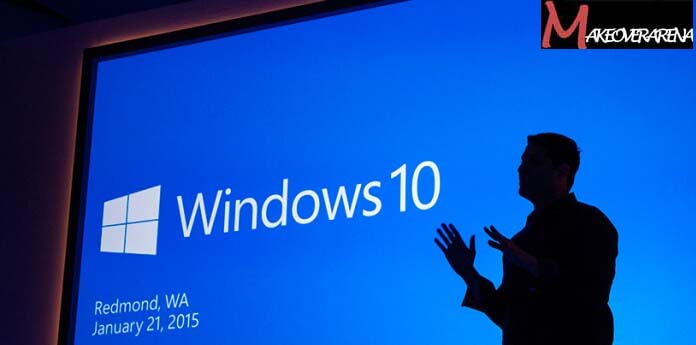Unfortunately, Windows 10 is reaching the end of its life cycle. By 2025, Microsoft will cease providing free updates and support for this OS as the company shifts focus to Windows 11 and possibly Windows 12.

What is The Reason Behind Microsoft Discontinuing Support for Windows 10?
As per Microsoft’s blog post on Tuesday, beginning October 14, 2025, they will introduce charges for Windows 10 security updates. The rationale is straightforward; given that Windows 10 is nearly a decade old, Microsoft is unwilling to extend complete support across three potential operating systems. By phasing out Windows 10, the company aims to encourage users to migrate to Windows 11, currently available for eligible PCs at no cost.
Upgrading to Windows 11 is simple and free at the moment. While it launched in 2021 and may not be the most groundbreaking Windows OS, it’s a good choice for those seeking a moderate change. Alternatively, you can stick with Windows 10 without paying for updates, but this leaves you exposed to potential exploitation by malicious actors, given its status as soon-to-be abandonware.
If you prefer to wait, there are recent rumors hinting at a potential release of Windows 12 in 2024, although the details are somewhat uncertain. If accurate, Windows 12 won’t be a free update like Windows 11, but the anticipated AI advancements it brings make it intriguing. Alternatively, you have the option to switch to Linux if that aligns with your preferences.
Regardless, 2025 is in the distant future, so there’s no rush to make a decision now. Microsoft hasn’t clarified the cost of future updates.
In a significant shift, starting in 2025, users will be required to pay for Windows 10 updates. This change marks the conclusion of an era as Microsoft transitions its focus towards newer operating systems, notably Windows 11 and potentially Windows 12.
Microsoft’s Strategic Shift
The decision to discontinue free updates for Windows 10 stems from the operating system’s extensive lifespan, reaching nearly a decade. Microsoft, looking towards the future, aims to streamline its support efforts by concentrating on a more limited set of operating systems. This strategic move aligns with the company’s commitment to innovation, security, and the delivery of optimal user experiences.
The transition also underscores Microsoft’s encouragement for users to adopt Windows 11. Currently offered as a free upgrade for eligible PCs, Windows 11 brings forth advancements in user interface design, features, and performance. By incentivizing this migration, Microsoft aims to ensure that users benefit from the latest technologies, security enhancements, and overall improvements offered by their evolving operating systems.
While this shift signals the end of an era for Windows 10 in terms of free updates, it also prompts users to consider their options. The prospect of Windows 12, rumored for a 2024 release, adds another dimension to the decision-making process. However, details about Windows 12 remain somewhat sketchy, leaving users with anticipation and uncertainty about its features and pricing structure.
Check These Out
- The Cheapest Apple Music Plan Will Soon Be Discontinued
- Facebook Dating Guide Free – Facebook Dating App | Dating in Facebook is Free
- Shift Manager Jobs with Visa Sponsorship In USA – APPLY NOW
- How the Facebook Avatar Works – Can Everyone Make a Facebook Avatar | How Do You Create an Avatar?
- What is New on Facebook Dating 2021: Facebook Dating Free | Facebook Dating App



